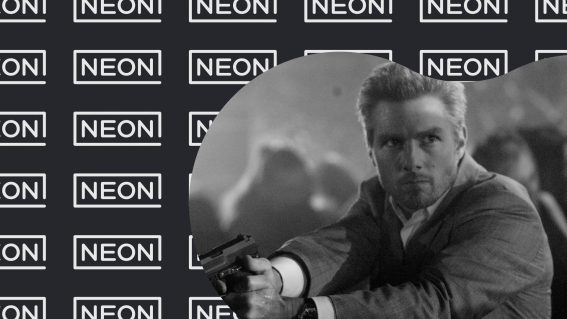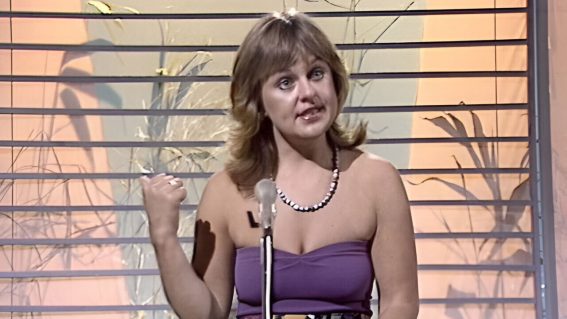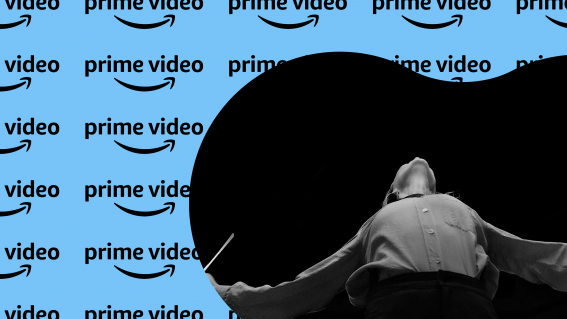Director of Punch gives us the one-two on their Tim Roth-led NZ boxing drama
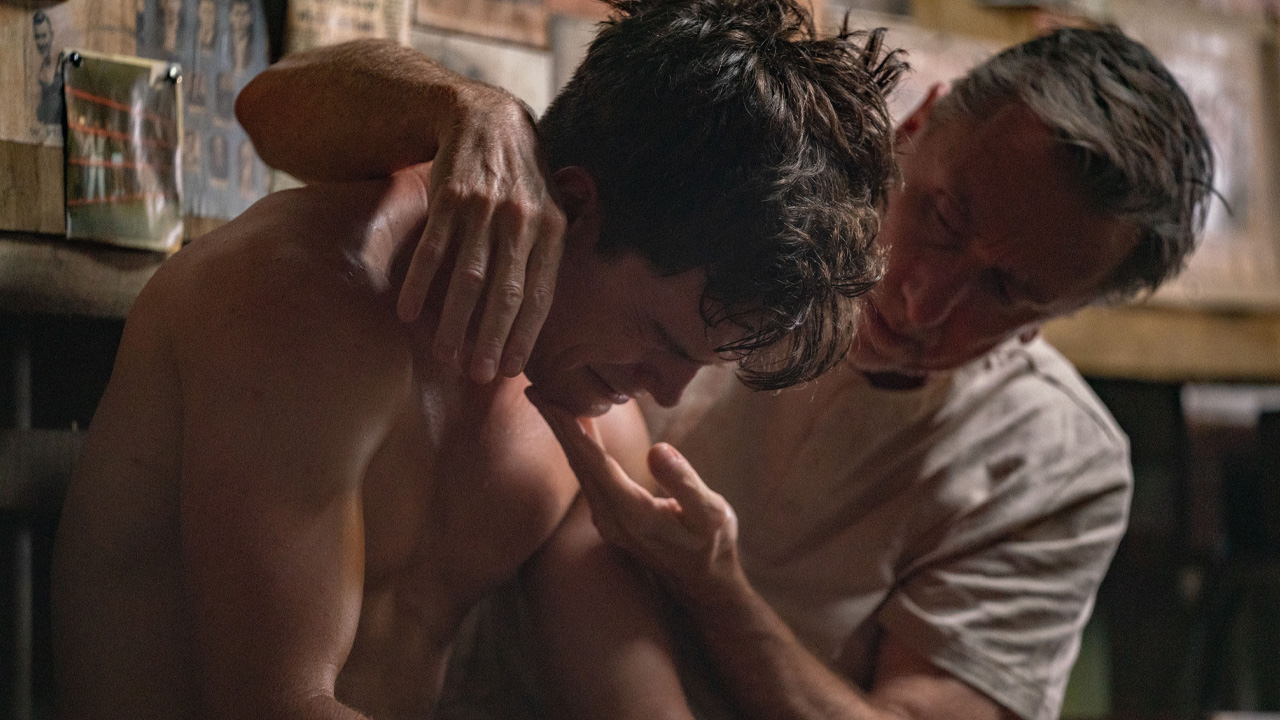
As part of our Q&A series for local features playing as part of Whānau Mārama: New Zealand International Film Festival, director Welby Ings gives us the one-two on small-town father-son sports drama Punch starring the great Tim Roth.
Describe your film in exactly eight words.
A powerful story about love, hope and masculinity
What were you looking for in your young leads, and how did you go about finding them?
I cast the film over three years with Amanda Rees. I sat in on every audition until we found the two leads. For Jim, I was looking for an actor who could craft a less cinematically depicted gay man; a young boxer in a small town who has become the father of his alcoholic dad. I needed somebody who would be willing to train for months in boxing gyms and be ‘fight ready’ both physically and mentally when we shot the film. Jordan Oosterhof was a perfect fit. He had a wonderful ability to merge sensitivity and testosterone; so he brought to the part a sense of physical joy offset by moments of unguarded vulnerability. He was a joy to work with.
Whetu’s role took the longest to cast but I knew Conan Hayes was would shape Whetu within minutes of him beginning his audition. Conan did more than interpret the part, he inhabited the character with grace and insight. He has an amazing ability to draw an audience into a moment. Because he is a very embodied actor, Conan learned to weave kete and he involved himself in the character’s costume design, working alongside the hugely talented Sara Beale.
Both actors performed all aspects of the script. There was no double for Jordan’s stunts and Whetu’s beautiful singing is a single, first-take recording of Conan’s personal arrangement of ‘You’ll Never be the Sun’. He has the voice of an angel.
Tim Roth lends name recognition to the film—what surprised you most about him during production?
Tim had been to art school before moving on to acting so we shared a common designer’s approach to making work. In design, when you run into a problem, you ask, ‘What can be taken away to make this better?’ We spent many weeks before he flew out from Hollywood, talking through the character of Stan because I was looking for complexity and understatement. Tim is an intelligent and deeply invested actor. He questions everything and pares stuff back to its essence. Through this, he found ways to make the flawed character of Stan (Jim’s father) feel relatable—and at the end of the film, we accept that Stan will never change, but we love him all the same.
Tim was also hugely supportive of the two kiwi leads and before the end of the shoot, he had already introduced them to his London agent. I noticed early on, that he would make dramatic space for Jordan (Jim), decentering himself so the dynamic between them was what shaped the scene. They got on incredibly well.
What were the most important things to consider in your depiction of takatāpui life?
I wanted to depict a gay relationship between two very strong but vulnerable young men where neither is passive, neither gives in, and both are afraid to trust.
Whetu is takatāpui tane and Jim is a pakeha gay man. They are linked by their vulnerability but they are very different people. Whetu is nuanced, complex—and clearly the strongest man in the film. His gender fluidity is both physical and spiritual.
In recent years I have taught a number of takatāpui tane who describe this state as irarere. The word refers to more than ‘gender fluidity’ because it embraces both spiritual and cosmological realms of being. So, Whetu is neither a drag queen nor a theatrical gimmick. He can be brutal and vulnerable; he would be capable of thrashing you in a street fight but he will also wear a flowing Japanese kimono, makeup and army boots when he walks alone, defiantly down the main street of his home town. He is fearless.
Although Dr Robert Pouwhare worked with Conan Hayes to shape Whetu’s Tūhoe dialect, in the film we don’t know much more about the boy’s background. I wrote him as a kind of enigma. He often talks about being out of place, destined to be living a better way in a better world. In the film, he pursues this goal with focused determination.
Are you able to share any personal experiences that you drew on for your film?
The film has roots in different things. My partner Kevin Todd, who died of AIDS in the late 1990s, held the New Zealand title in the triple jump. He came from a boxing family and although his father coached him, his decision to forsake the ring, pursue athletics and live openly as a gay man caused a terrible estrangement. When he was dying Kevin didn’t want his father to know.
I remember sitting on the verandah of the hospice on Jervois road after his dad eventually found him, just a few days before he died… and we talked about making this film. It is dedicated to the love between fathers and sons who are flawed, but who are trying reach each other. I thought, there has to be a better end to such a relationship.
Punch also pays homage to small-town New Zealand where I grew up. It references the distinctive way such places seamlessly conflate the past and present. On the main streets of such worlds, there are shops with windows from the 1930s but the goods on display are contemporary. You can walk down streets of houses that stretch back generations. They could be plucked out of any decade… but on a Tuesday morning, the footpaths will be lined with regimented, contemporary rows bright plastic recycling bins. I love these paradoxes and I tried to make a film that elevates this timelessness. This is because I am suggesting that the themes in the work are timeless.
What are some of the challenges in balancing nostalgia and ‘the way things were’ with more progressive outlooks?
Punch confronts a pervasive myth that everything is rosy for LGBTQ+ adolescents in New Zealand. It questions the comfortable stories of matching wedding suits, pride parades and unflinching acceptance. It makes us pause for a moment. While the story shows conditional acceptance of gay kids (and New Zealand has come a long way), it also acknowledges current research that shows that LGBTQ+ students in this country continue to report higher rates of stigma, stress and discrimination; especially kids who, like Whetu, don’t conform to gender conventions.
The film’s story sits alongside recent events like the torrent of abuse directed at a Rainbow Storytime event at the Puke Ariki library and Police statistics that show that in 2021, there were still 264 victims of crimes that involved sexual orientation or gender identity. This is the New Zealand that only weeks ago saw arson attacks on the Historic Village building in Tauranga that serves the needs of the gender-diverse community, and the graffitiing of the Pink Church in Greymouth before it had a rainbow flag torched on its front lawn.
These things are real, and set against them, Punch is an unexpected love story. There are good people in this world and despite the discord, the film is permeated with care and beauty. It is a paeon to hope, to the clumsy stumbling of first love… and the eternal resilience of outsiders.
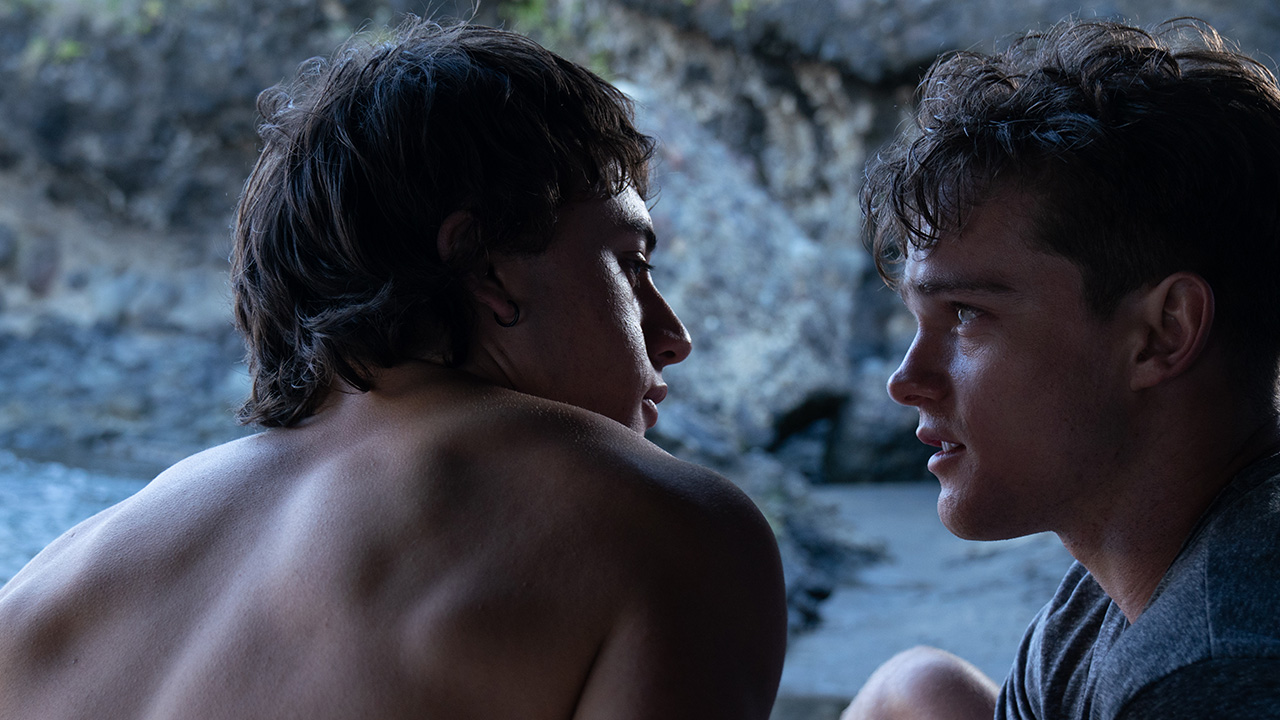
During production, what was the biggest hurdle you had to overcome?
Punch was snatched from between the teeth of COVID. We shot it in a tiny window of opportunity between November and December 2020. Crowd scenes like classrooms, boxing matches and gigs, were all filmed in bubbles and then artfully reshaped in the edit. Because the conditions had such an impact on how I directed the work, I decided to integrate COVID into the storyline, not explicitly, but if you look, you will see the odd kid wearing a mask, and classrooms laid out with two-meter social distancing. The storyline was shaped so it drew into itself the limitations of the time in which it was filmed.
At the outset, because we knew that we would be facing a precarious journey, we had the film blessed. Looking back, we never lost a day in the production schedule, although the two lead actors had to live for six weeks in imposed isolation. The window of opportunity afforded between lockdowns was so tight that we were literally polishing the last of the special effects off on the afternoon in August 2021 when Auckland was directed into its 107-day lockdown.
The film made it through by the skin of its teeth but COVID delayed our being able to bring it to cinemas.
For you, what was the most memorable part of this whole experience?
Punch took a huge amount of work. As a director, I try to be 300% over any project I work on. It nearly killed me, but I fought for 15 years to bring the film into the light and I was determined to make the story with minimal compromise.
The project attracted a hugely committed team of gifted people. I remember on the last day, after we had wrapped the shoot at Whetu’s whare, Jordan and Conan (the two leads) came out of the building, emotionally and physically exhausted. For six weeks they had poured everything they had into their characters and they just burst into tears. It was a massive release, but also a recognition of grief. Everybody knew that we would now become a dissipating family and the world we had created would be gone by Monday; restored or removed without a trace.
I try to make films where the process is as beautiful as the eventual outcome and Punch did that. There were no prima donnas among the cast or crew, no meltdowns, no hierarchies; just hard work, talent and a fundamental belief in the project.
What was the last great film you saw?
The Power of the Dog. I admired it because it assumed an intelligent audience. It played subtly with its story.
Recently I also rewatched the Finnish gay film A Moment in the Reeds. I love this work for its inherent ‘quietness’ and its ability to find the extraordinary in the ordinary.






